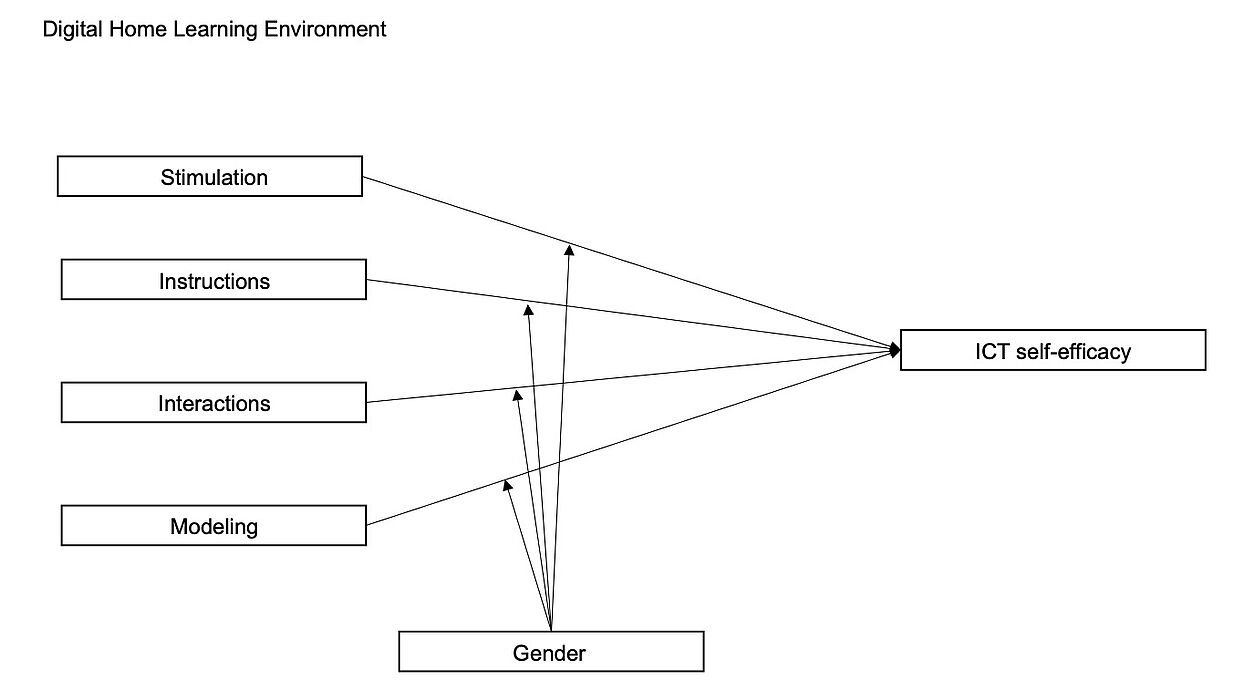Bonanati, S., & Buhl, H.M. (in press). The digital home learning environment and its relation to children’s ICT self-efficacy. Learning Environments Research. 10.1007/s10984-021-09377-8
Abstract
With the rapid progress of technological development, self-efficacy in reference to digital devices (i.e., information and computer technology [ICT] self-efficacy) is an important driver that helps students to deal with technological problems and support their lifelong learning processes. Schools, peers, and home learning environments are important sources for the development of positive self-efficacy. Expanding on previous research, we investigated the associations between different aspects of the digital home learning environment and students’ ICT self-efficacy. The moderation effects of gender were also tested. A total of 651 children answered a questionnaire about different digital home learning environment dimensions and estimated their ICT self-efficacy using an adapted scale—Schwarzer and Jerusalem’s (1999) general self-efficacy scale. Using the structural equation modeling technique, a digital home learning environment containing six different qualities of parental support was investigated. Families’ cultural capital, parents’ attitudes toward the Internet, and shared Internet activities at home contributed positively to ICT self-efficacy. We observed small gender differences, with the moderation effect being nonsignificant. The results help researchers and practitioners to understand how different dimensions of the digital home learning environment support ICT self-efficacy. We will discuss how parents can enhance the home learning environment and how teachers can integrate this knowledge into formal education.

